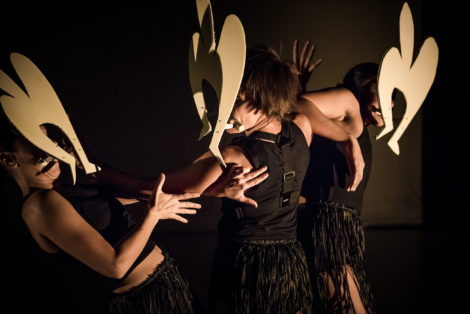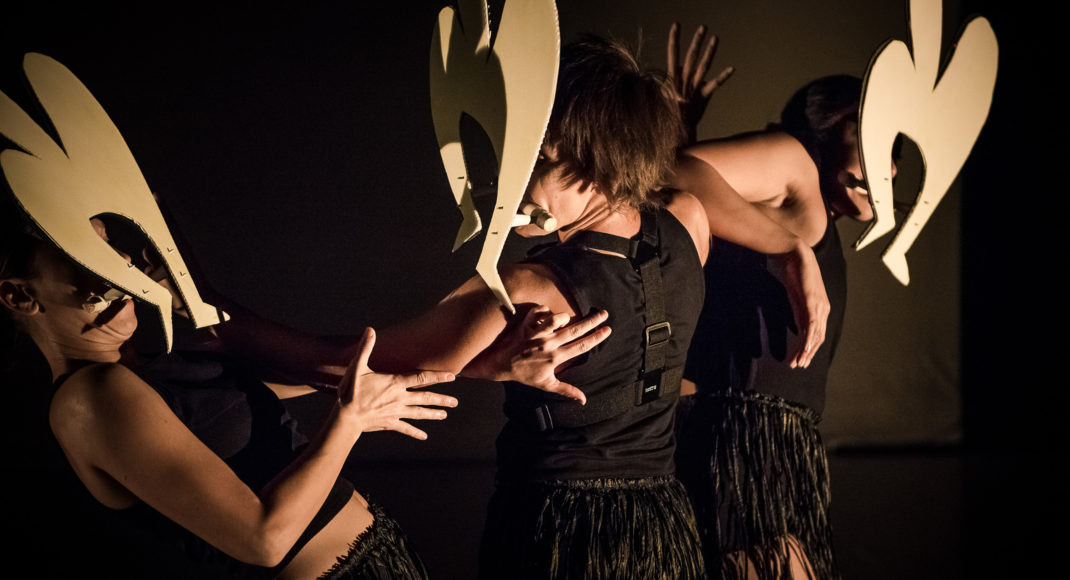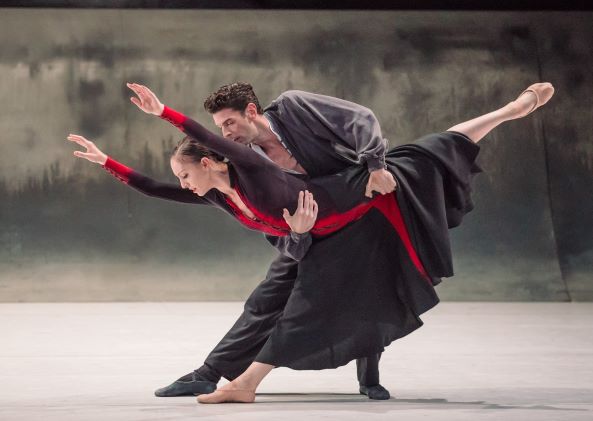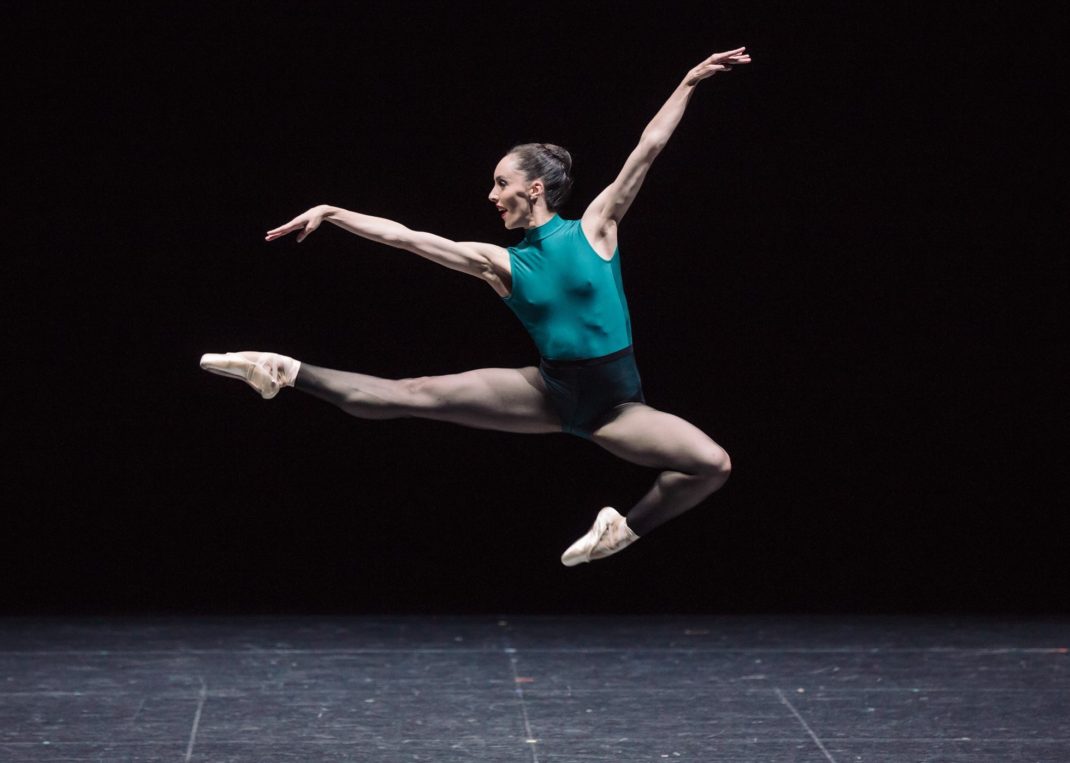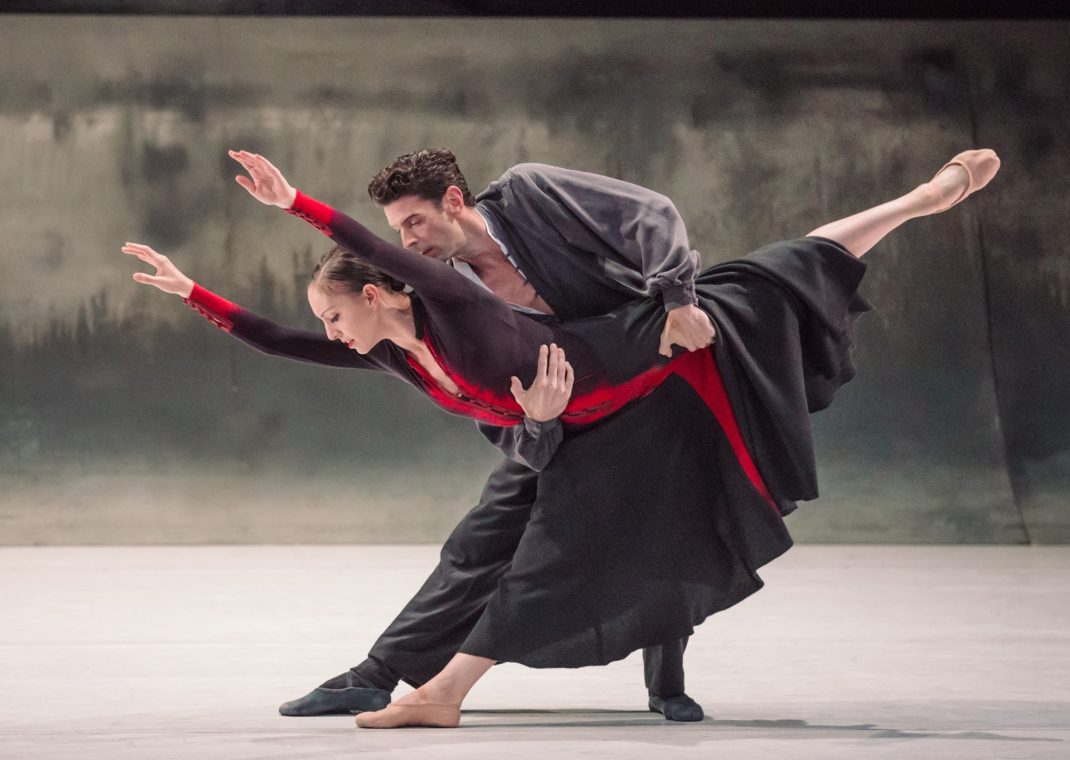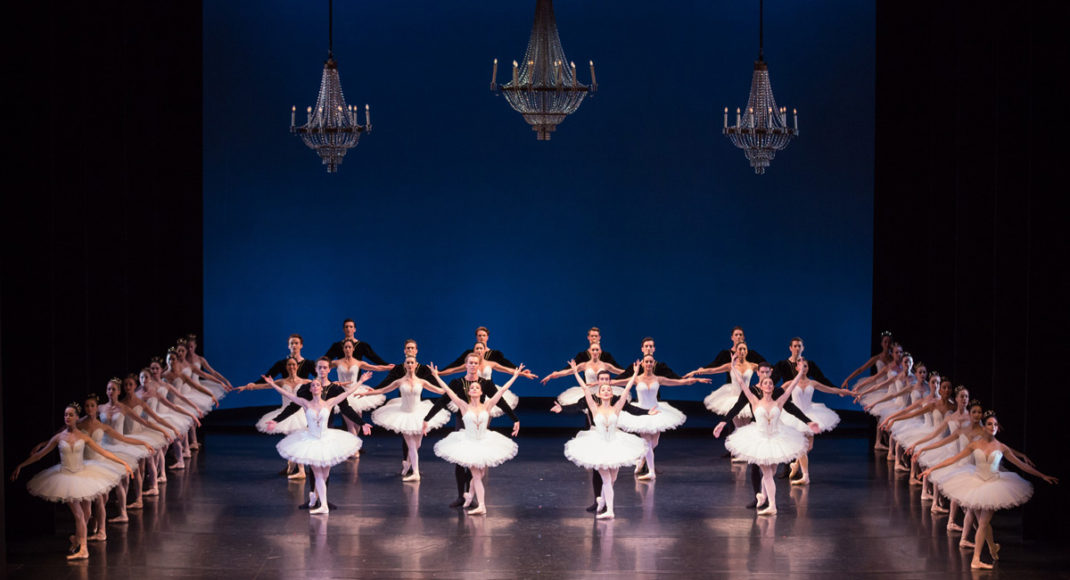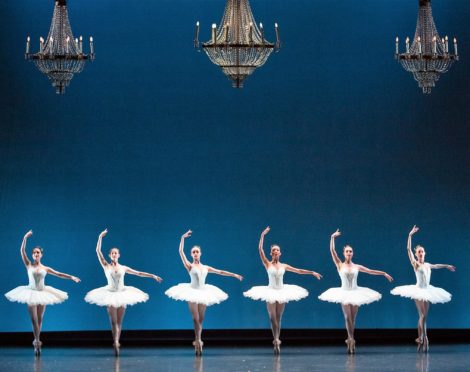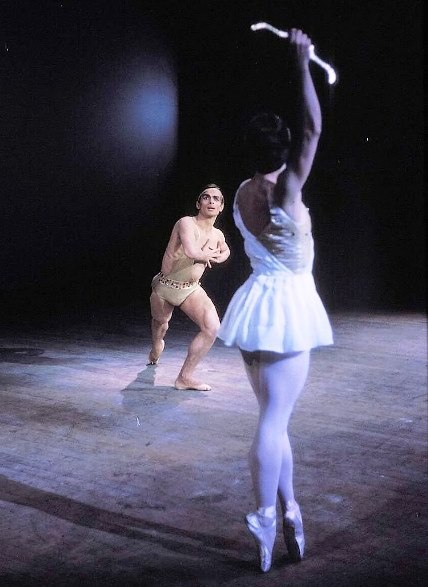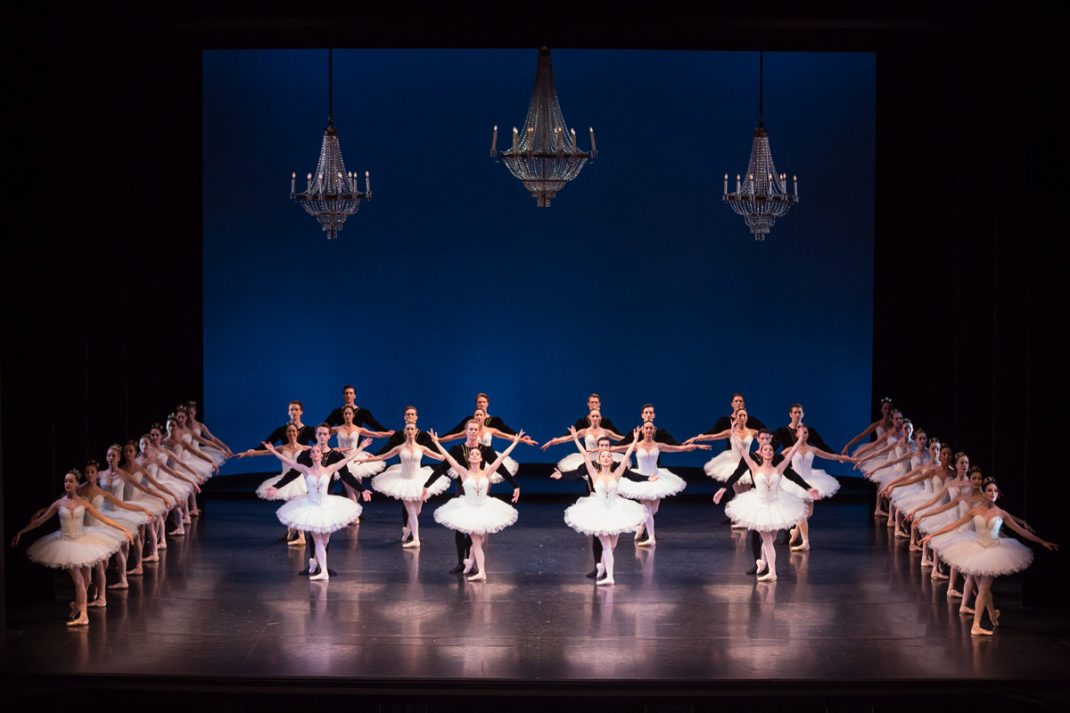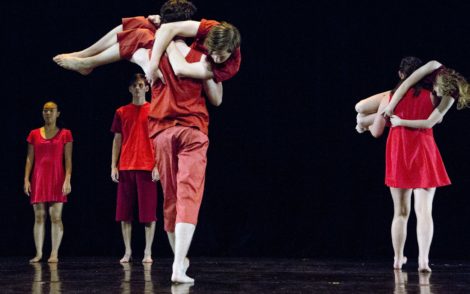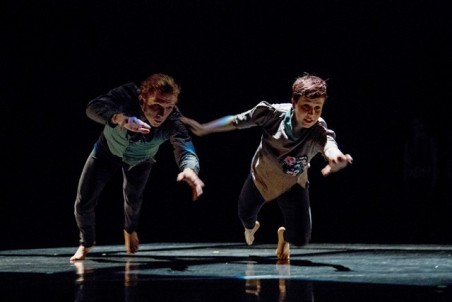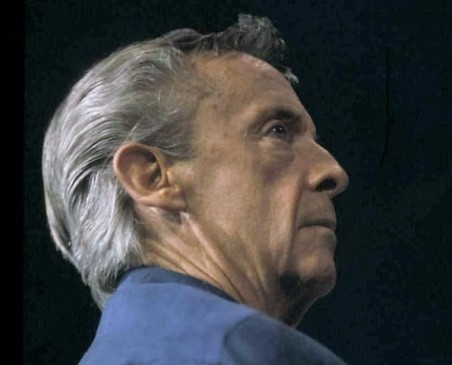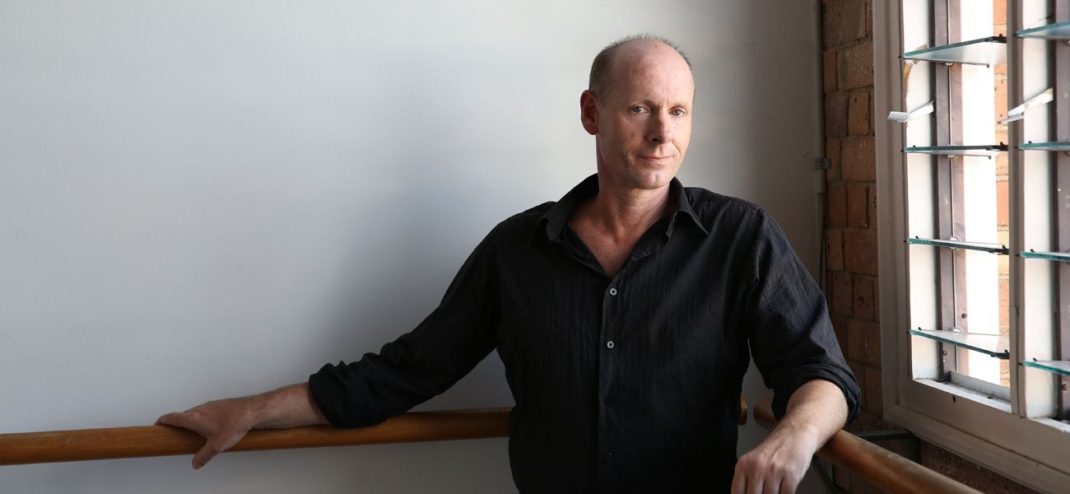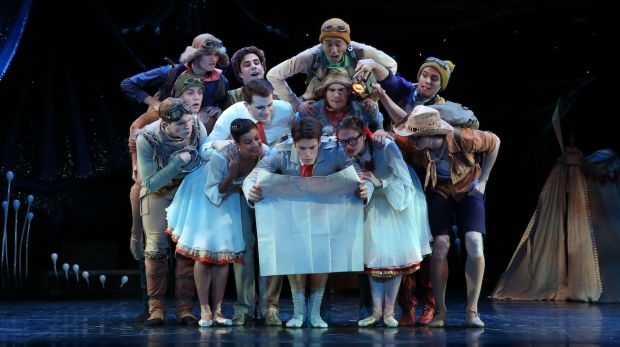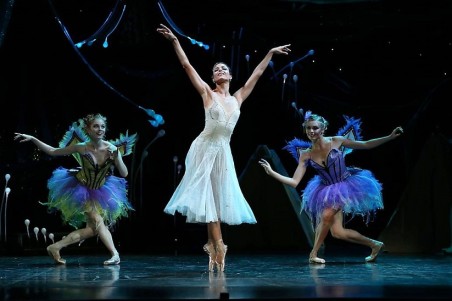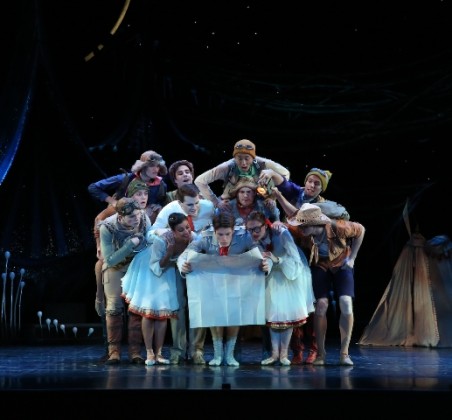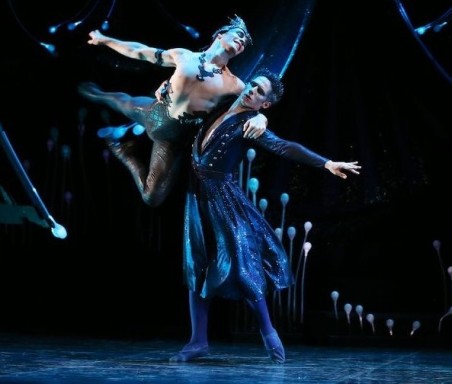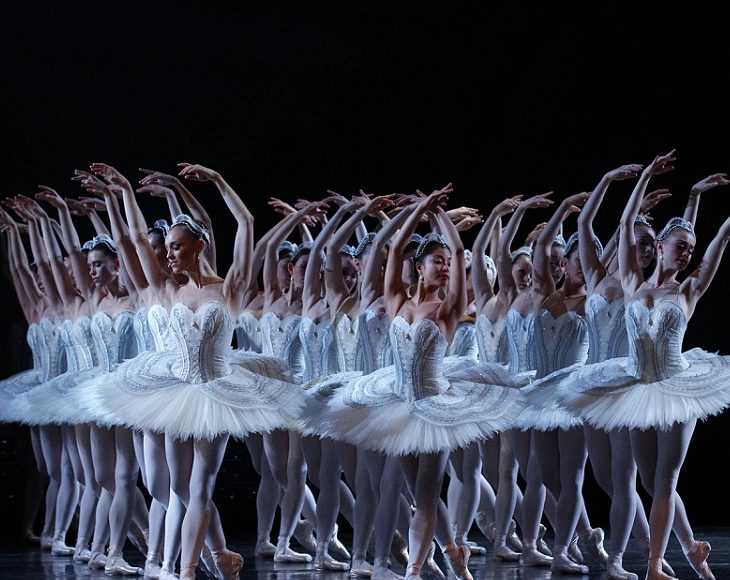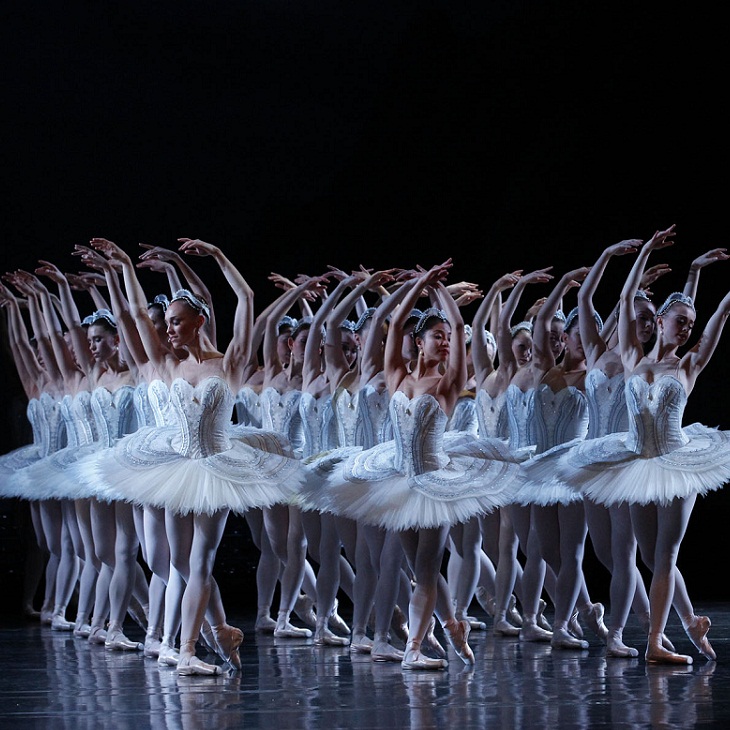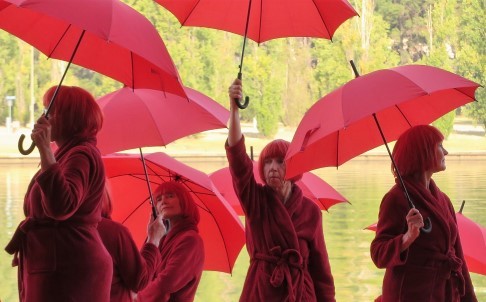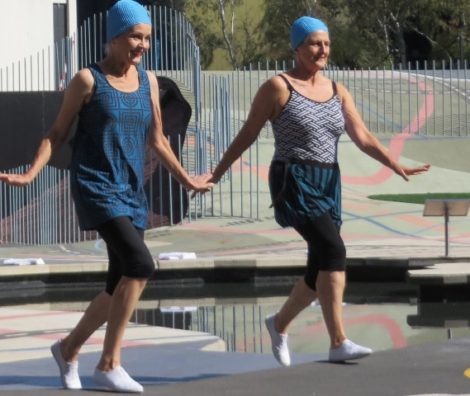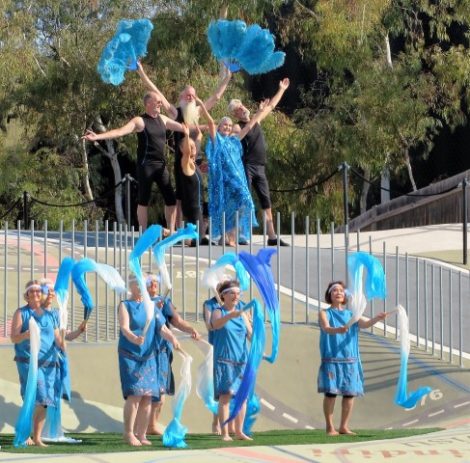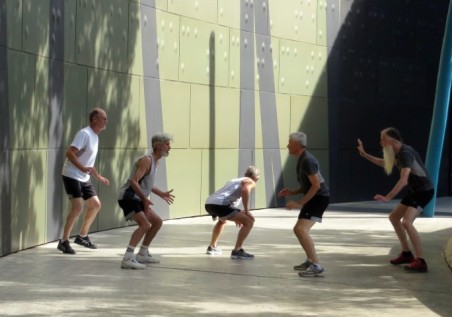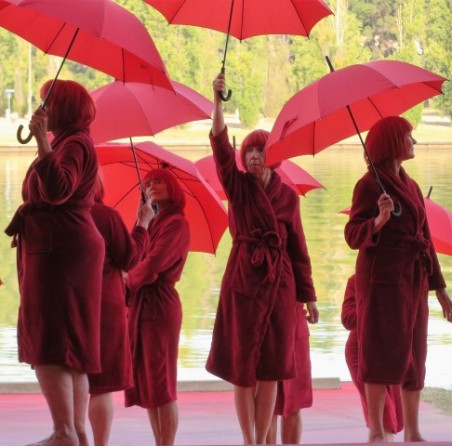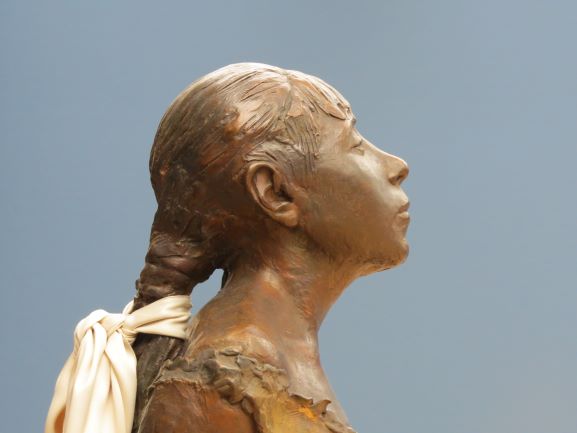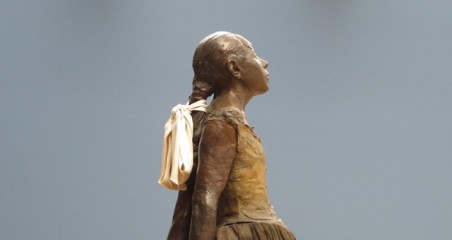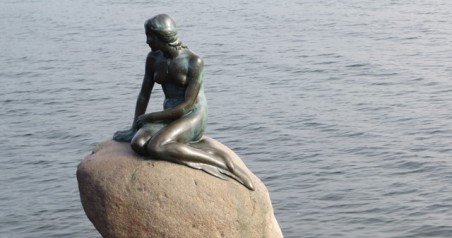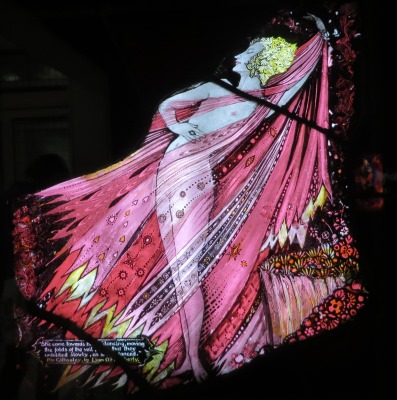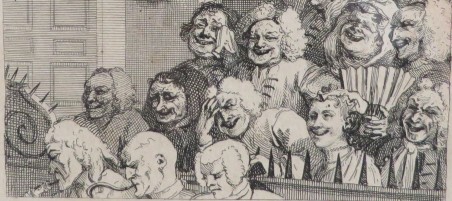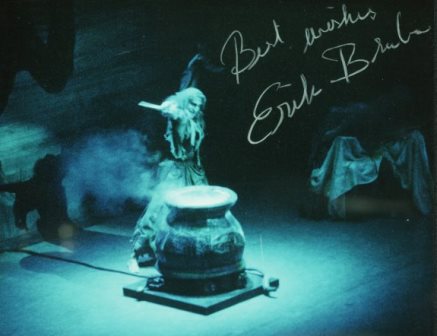7 May 2016, Carriageworks, Eveleigh (Sydney)
There is no doubt that the Keir Choreographic Award,* generously sponsored by the Keir Foundation, is a major opportunity for emerging choreographers to make a mark on the contemporary dance scene. A packed Carriageworks venue last Saturday suggested that there is also more than a passing interest in the outcome of this award. And the winner of both the award itself and the people’s choice award was Ghenoa Gela, whose work Fragments of Malungoka—Women of the Sea explored Gela’s Torres Strait Islander heritage. The other finalists, who also presented their work at Carriageworks, were Sarah Aiken, Martin Hansen and Rebecca Jensen.
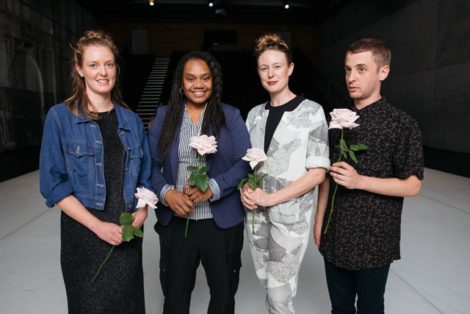
The work of all four finalists had certain similarities, the most obvious of which was not our present fascination with technology and social media. Nor was it the effects on our lives of technological advances. Nor was it any similar notion such as how dance might embody digital trends, although there was some of that. But rather the common element was a lack of strong movement vocabulary. I began to wonder, in fact, what choreography actually means. Does it have to have a variety of steps and movements? I think it does, although none of the four works on the program seemed to focus on developing any kind of strong, visually arresting movement vocabulary.
What gave Gela’s work the edge was, I think, its innate theatricality. Her choreography (in my sense of steps and movements) was very simple, and consisted of a lot of walking, but I too would have chosen her work over the others because it looked completed. It used lighting well, and it did have an interesting digital component that looked professional in delivery. One dancer had a camera strapped on her body and the images being recorded were, at times, projected and manipulated wirelessly onto a backcloth/screen. Nothing intrinsically remarkable in this approach, but Fragments of Malungoka looked like a production that had been clearly thought through and then professionally presented.
Gela says that she was curious about her female ancestry within her Torres Strait Islander culture and she had chosen three non-indigenous female performers to work with her to explore ideas, such as whether traditional dance can maintain its integrity when performed by non-indigenous people. Her costumes, including a stylised headdress/mask, made reference to Torres Strait Island cultural traditions. But despite everything, I’m not sure that the work overall answered the questions Gela posed to herself as ‘a performer caught between two cultures’. It was nevertheless the most theatrically satisfying of the four works.
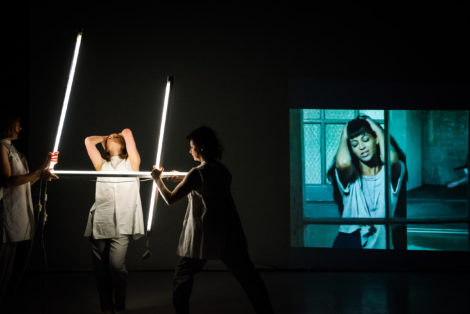
Martin Hansen’s interest throughout his If it’s all in my veins was in ‘reframing’ dance and his performers took their lead from moving image material from across dance history. They imitated what was being screened, and repeated over and over in short grabs, whether it was Isadora Duncan or current dance moves. But, while the concept was a fascinating one, Hansen’s approach was quite literal and had little that moved it beyond the obvious.
Rebecca Jensen’s Explorer set out to examine a ‘rapidly shifting digital world’ and Jensen was transported around the performing space by one of her dancers who enabled her, amongst other things, to turn somersaults against the walls. But these movements, interesting for their unusual use of space, became repetitive to the point of being predictable and the whole lacked a tight sense of production.
Sarah Aiken presented Tools for personal expansion, which she says was ‘A study into social, digital and physical means of expanding one’s self’. This was perhaps the most carefully composed of the three remaining works. It also had a certain fascination when one or other of the four dancers began filming (using a smart phone of course). Standing in a stationary position she filmed a particular part of a moving dancer’s body. As the resulting film was projected onto the back screen, we saw limbs grow (expand) in length. Fascinating but not to my mind moving dance forward.
I love dance that provokes thought, that has an intellectual framework behind what goes on stage, but it has to have some clear (and hopefully diverse and/or complex) movement as well. That is, it needs to be choreography.
Michelle Potter, 9 May 2016
* The Keir Choreographic Award is Australia’s first major choreographic award presented by the Keir Foundation, Carriageworks and Dancehouse with the Australia Council. The Keir Choreographic Award is dedicated to the commissioning of new choreographic work and promoting innovative, experimental and cross-art form practice in contemporary dance.
Featured image: Scene from Ghenoa Gela’s Fragments of Malungoka—Women of the Sea. Photo: © Gregory Lorenzutti for Dancehouse, 2016.
